2020 GMC Acadia Denali
| The Good: – Handsome styling – Seating space and features – Ride and handling |
The Bad: – Road noise at highway speeds – No low-range gearing – Few low-rent interior bits |
The Acadia has been good for the GMC brand. Long known as a brand of proper trucks and old-school SUVs, the Acadia marked the brand’s entry into the lucrative crossover market before expanding that line-up even further with smaller models. While the original Acadia was a long-wheelbase people carrier with an SUV-style body, it downsized to become a more handsome vehicle in 2017, and has been further refined with this 2020 facelift.
The latest Acadia is a well-proportioned SUV, looking even better now with its squared-off new face and slightly-rejigged tail lights. The Denali trim adds the customary chrome grille, standard 20-inch shiny wheels, rectangular exhaust tips and body-coloured plastic trim.
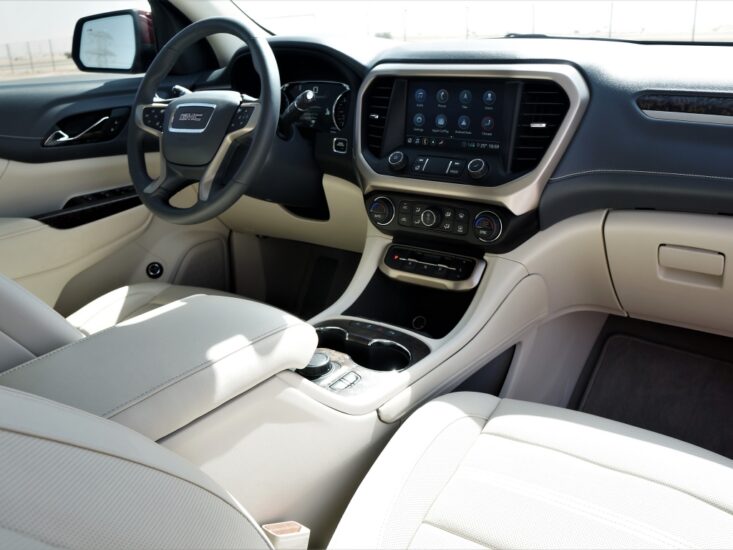
Aside from a good amount of soft-touch padding on upper door surfaces, the Acadia Denali also features a stitched-leatherette dash, leather upholstery, and real wood as well as aluminium trim panels. Lower panels are hard plastic, but the new model additionally gains padded leather along the sides of the redesigned centre-console as well. The overall design and material choices remain a bit pedestrian rather than luxurious, but at least it ticks all the boxes in terms of soft-touch surfaces. It’s also packed with more practicality and tech as it gains a higher-res 8-inch touchscreen as well as more centre-console storage with a pass-through shelf below, as the gear-shifter is deleted in favour of gear-selector buttons.
It is low enough to step in comfortably without side-steps. Cabin space is great, even in the third row with sliding second-row seats moved forward to fit average-sized adults. Access to the third row is a bit tight, but manageable for limber folks. The Denali comes with moderately-bolstered front seats, while the older model’s second-row captain’s chairs have been ditched for a more-practical bench seat, just like in regular Acadias. The boot space is negligible with the third row in use (with half of it taken up by an oversized emergency kit), but folding down that last row flat opens up a massive cargo area. There are also storage compartments under the boot floor, while storage cubbies, pockets and cup-holders are generously spread about.
The features list is extensive, with power-adjustable heated-and-ventilated front seats, second-row heated seats, dual sunroofs, roof rails, good tri-zone climate control with rear a/c vents and controls, a good stereo with a reasonably responsive 8-inch capacitive touchscreen and an improved interface, navigation, 5 USB ports including 2 USB-C ports, 120-volt power outlet, full-colour LCD between the gauges, smart keyless entry and starter button, remote start, HID headlights, fog lights, new wireless charging pad and more. Everything works well, although be aware that stereo control buttons are behind the steering wheel, which you will get used to quickly.
Safety features include front/rear parking sensors with a 360-degree camera system, rear camera mirror, forward pedestrian/collision detection system with automatic braking, rear cross-traffic alert, lane-keeping assist, blind-spot monitoring and adaptive cruise control. Many of these systems alert you with either visual warnings or making the driver’s seat vibrate as if you’re sitting on your phone in silent mode. When you turn off the car, there is even a warning reminding you to take any sleeping babies from the back seat.
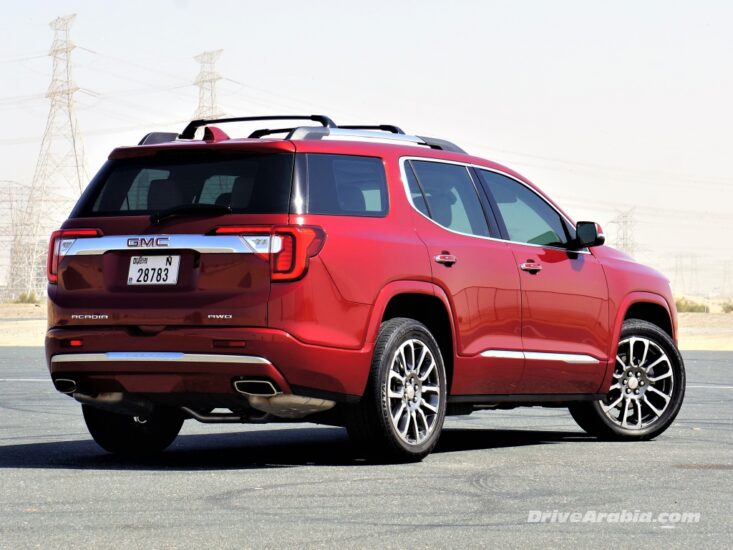
The Acadia is powered by a 3.6-litre direct-injection V6 mated to a new 9-speed automatic, making 310 hp at 6600 rpm and 366 Nm of torque at 5000 rpm. We managed a wheelspin-free 0-100 kph time of 7.5 seconds with the drive mode set to all-wheel-drive and sport, although you’ll probably be driving it in front-wheel-drive mode most of the time to save fuel.
The smooth gearbox has economy-biased programming in regular driving, but likes to hold lower gears in sport mode. There are buttons to manually select the maximum gear you want to hold, but there is no true manual shifting ability. Fuel consumption clocked in at 14.9 litres/100 km (6.7 km/litre), with cylinder deactivation kicking in more often to save fuel if you take it easy on the throttle.
Speaking of sportiness, the Acadia Denali handles pretty well, with limited body roll, and understeer creeping in only on sharp turns at daft speeds. The steering is decently weighted, but it’s a bit vague and offers minimal feedback. The ABS-assisted disc brakes are pretty decent with good pedal feel.
Aside from handling, the Acadia Denali’s other strength is a smooth ride, albeit very mildly floaty. The 235/55 tyres aren’t low-profile enough to ruin the ride. The smoothness is also no doubt due to the continuously-variable suspension which is apparently “performance-tuned” as well, which would explain the good handling. On the highway, the Acadia is quiet with a muted engine note, but road noise becomes noticeable above 100 kph.
The drive-mode selection dial offers 2WD, AWD, Off-Road, Snow, Sport and Trailer-Tow modes. We didn’t take it on soft-sand dunes due to its low frontal ground clearance and lack of low-range gearing. However, the responsive all-wheel-drive system made it easy to manage flat sand areas as well as gravel trails just fine.
The GMC Acadia is a strong contender in a tightly-contested segment, so much so that we were struggling to come up with negatives. The Denali stretches the budget into entry-level premium territory, but is still competitively priced against its direct rivals. The regular Acadia variants may make for a more enticing deal for consumers who can live without the leather and the adaptive suspension.
| Price Range: Dh 177,000-188,000 Current Model Introduced in: Body Styles: Engines: Transmissions: Setup: Suspension: |
Brakes: Front: discs Rear: discs Curb Weight: Length: Wheelbase: Top Speed: Test Acceleration 0-100 kph: Observed Test Fuel Economy: |
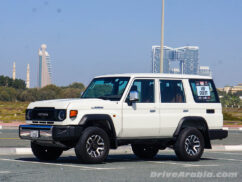
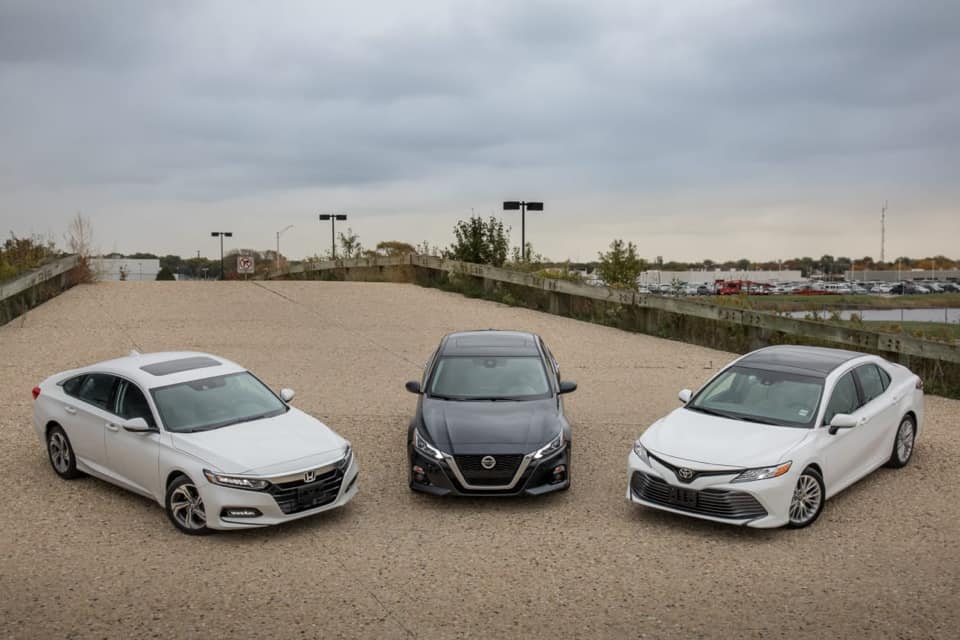
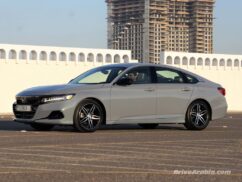
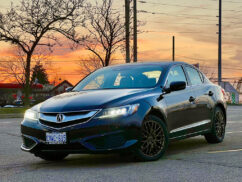
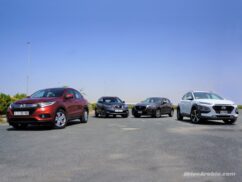
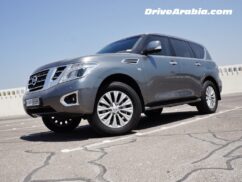
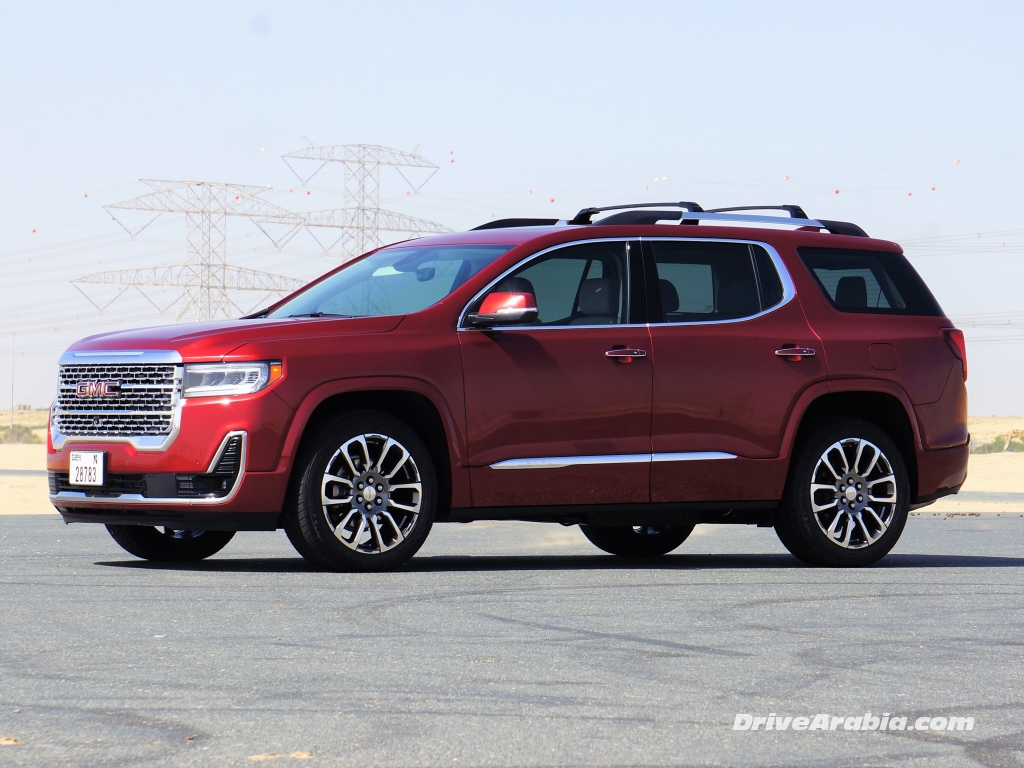
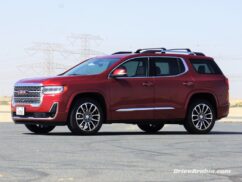
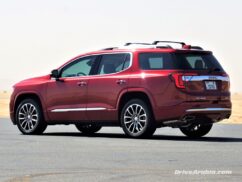
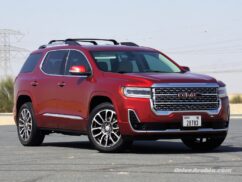
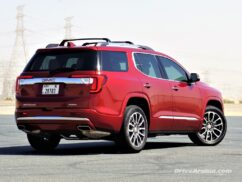
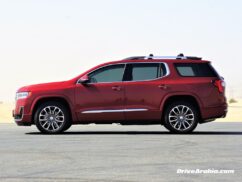
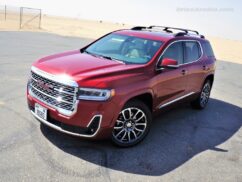
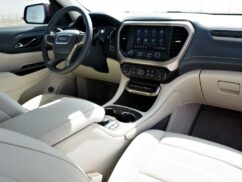
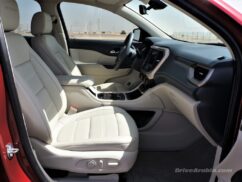
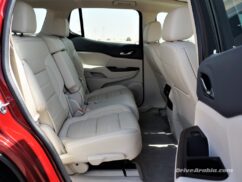
There are no comments. Be the first!